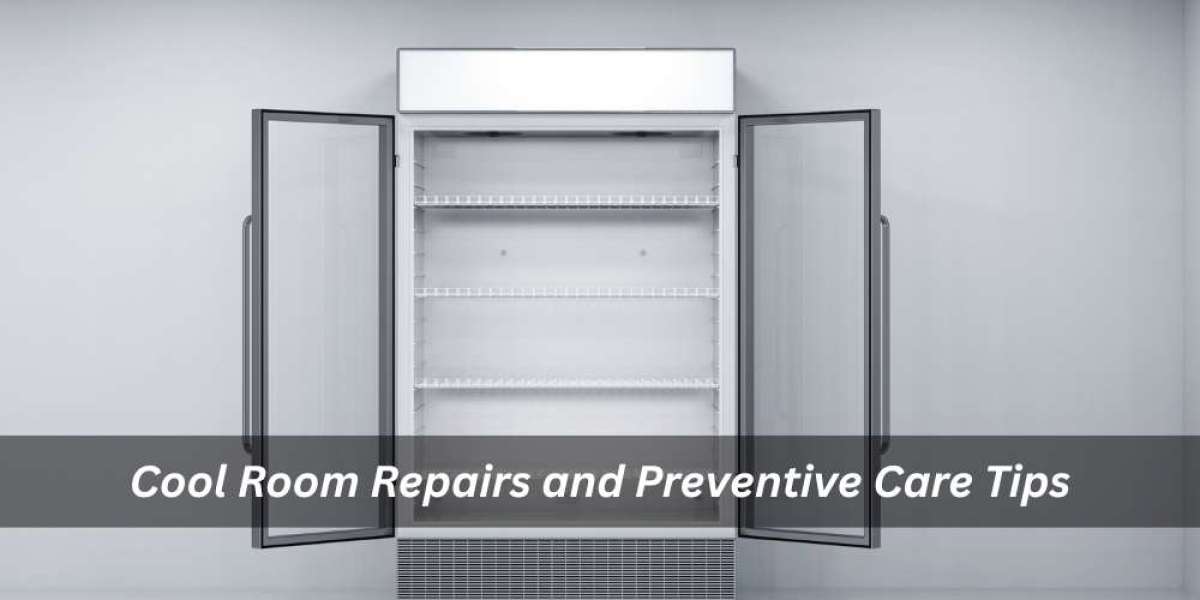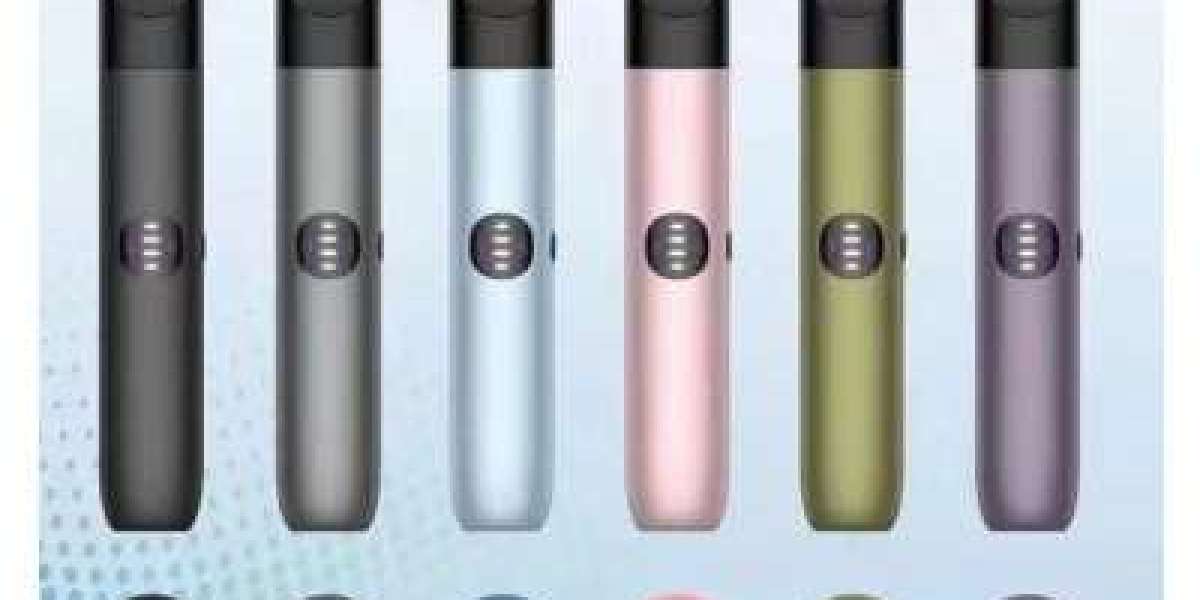Maintaining performance in a cold storage environment demands precision and expertise. Trusted cool room repairs ensure minimal downtime and uphold hygiene standards, safeguarding stock quality. Adopting a proactive servicing routine extends equipment lifespan and curtails unexpected expenses. Practising daily inspections and swift interventions prevents minor faults from escalating into major malfunctions. This outline provides essential guidelines and strategies tailored for Australian enterprises operating cool rooms in 2025. Implementing these methods will preserve optimal conditions and conserve energy.
Cool room maintenance checklist 2025
Maintaining a disciplined programme reduces unexpected malfunctions and optimises resource usage in demanding climates. The following checklist clarifies critical servicing actions for 2025:
- Regular servicing: Schedule thorough hygiene and sanitation tasks weekly to eliminate contaminants and maintain fresh conditions.
- Performance assessment: Record temperature and humidity metrics daily to ensure alignment with storage requirements.
- Component examination: Inspect fans, seals, and insulation monthly to detect wear and prevent leaks.
Consistent review sessions and stakeholder collaboration can enhance safety protocols and extend machinery longevity. Employ digital logs and automated alerts to spot deviations promptly. Engaging trained technicians for quarterly audits further strengthens reliability. Train staff in emergency protocols.
Addressing common cool room issues
Issues in cold storage often emerge from neglected components or environmental factors. Swift diagnosis and correction preserve product integrity and operational continuity:
- Uneven cooling: Occurs when obstructed vents or malfunctioning fans disrupt airflow, causing temperature inconsistencies.
- Abnormal noises: Vibrations or squeals usually signal compressor wear or motor imbalance requiring prompt attention.
- Seal degradation: Worn or torn door gaskets allow warm air infiltration, forcing compressors to run inefficiently.
Addressing these faults prevents escalation, reduces power draw, and prolongs equipment life. Establishing a contingency plan for blackout scenarios also safeguards against stock losses. Calibrate sensors to ensure accuracy.
Conclusion
Diligent servicing and rapid remediation underpin cool store resilience and efficiency. Emphasising regular inspections, accurate environmental logging, and immediate troubleshooting fosters stable conditions. Furthermore, collaborating with industry experts for scheduled overhauls mitigates the risk of catastrophic breakdowns. By embedding these practices within standard operating procedures, businesses sustain uninterrupted refrigeration performance year-round. Additionally, planning for emergency scenarios enhances organisational readiness. Integrating cool room repairs without shutdown strategies ensures continuous operation, shields product quality, and underpins consumer confidence in markets.



